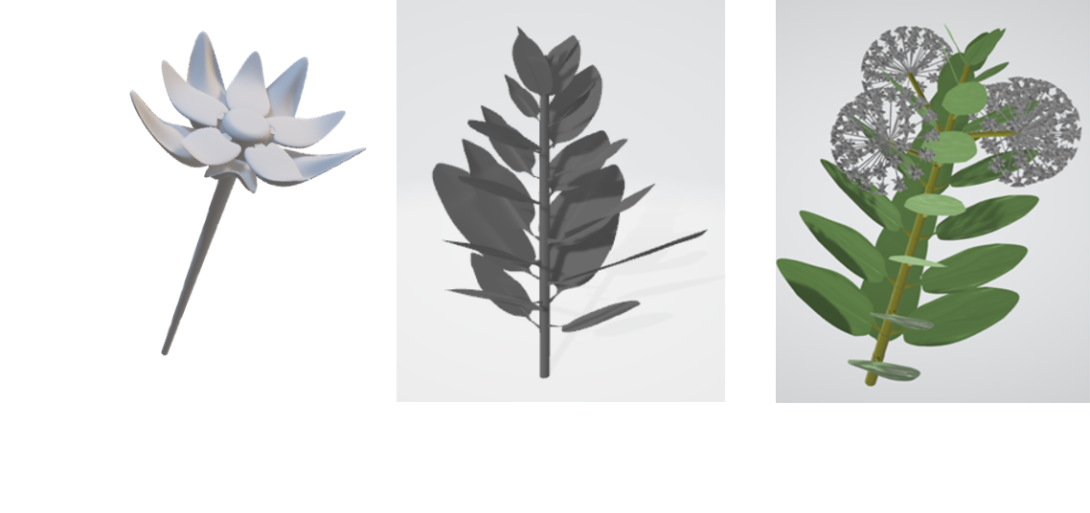Students Build Augmented and Virtual Reality Plant Models to Understand the Role of Design in STEM
Description
This exploratory project will study the integration of science, design and advanced technology in high school education through a set of innovative learning experiences in the context of plant science using augmented and virtual reality (AVR) technologies. Underrepresented and underserved students from both urban and rural communities will have access to novel educational tools while learning how to create 3D models of different parts of plants in small collaborative teams. With the support of instructors, mentors and scientists, students will acquire skills in the use and applicability of AVR technology, 3D design and plant science. As part of the learning experience, students will also be exposed to the process of plant science research. Researchers will engage students to learn about plant science through AVR experiences to understand everyday plants in their own lives and communities. The project will contribute to the emerging body of knowledge on innovative technological teaching tools and best practices. This project is funded by the Innovative Technology Experiences for Students and Teachers (ITEST) program, which supports projects that build understandings of practices, program elements, contexts and processes contributing to increasing students' knowledge and interest in science, technology, engineering, and mathematics (STEM) and information and communication technology (ICT) careers.
The four major objectives of this project are to (1) integrate art and design into STEM education, (2) apply AVR technology to advance plant science education through the use of novel tools and methodologies, (3) inspire interest in STEM careers among underserved and underrepresented students and provide them with skills for a future STEM career, and (4) foster knowledge and appreciation of plant science among high school students. Researchers will form teams of learners who are interested in either STEM or art to work together collaboratively in integrating design and technology within the same science project. Students? projects are focused not only on the final products but also on the artistic and scientific creative process. The project team will examine whether and how this innovative intervention inspires creative learning, develops critical thinking and problem-solving skills, supports concepts of innovation, and allows students to connect to real-life situations impacting STEM career paths. Students will interact with researchers and present their own projects at a symposium that will horn student?s professional skills at preparing presentations for the public outside the comfort zone of their schools. They will also have the opportunity to attend the NSTA (National Science Teachers Association) annual conference and present posters on their experiences. These serve as opportunities to broaden students? view of future career opportunities and to establish a network of future mentors. Project assessment will include surveys of student attitudes towards and interests in STEM careers before, during, and after their participation in the project. Researchers will also test and validate a botanical content inventory with high school students to study their plant content knowledge gains. The AVR plant science 3D models produced by the project will be made available for educators around the globe.
WEBSITES
Social Media
